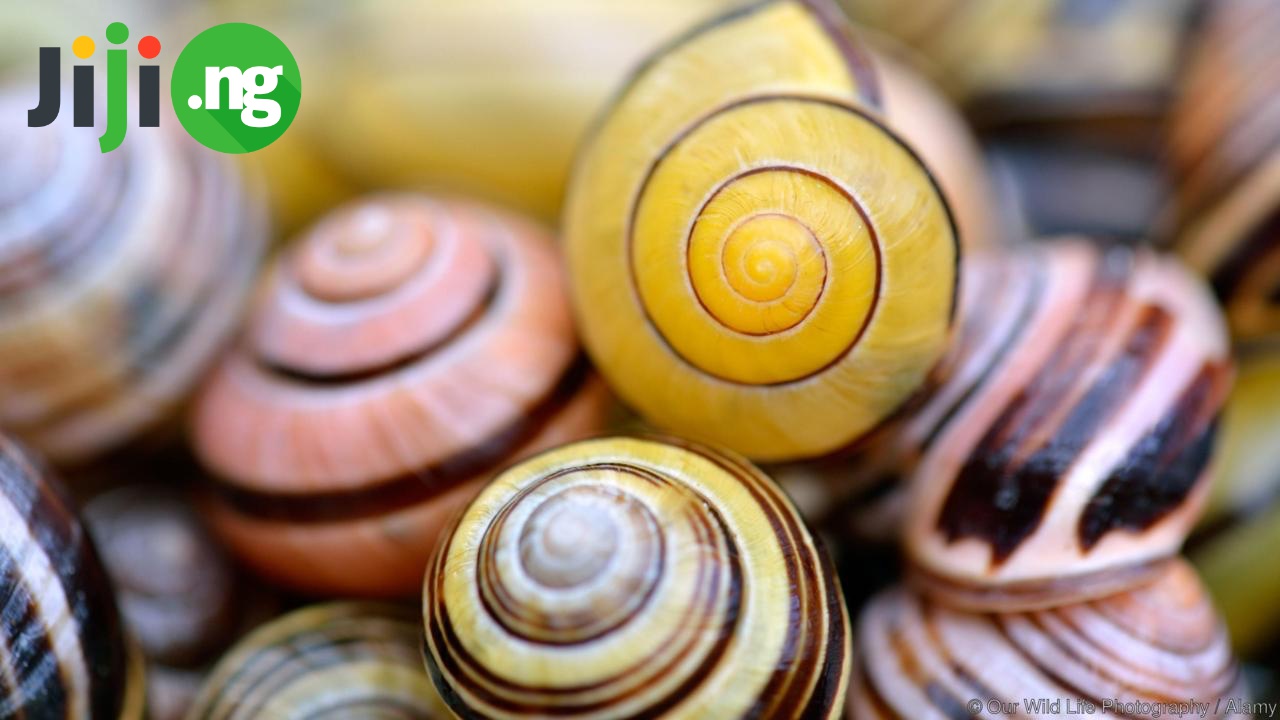Snail meat is a gastronomic trend that originated in Europe and spread to other continents. It is a common dinner idea in France, Italy, and Greece. Snail meat has a unique taste, slightly reminding chicken. It contains vitamins, protein, iron, and calcium.
It turns out that snail rearing is even simpler than rabbit or poultry breeding. The snails are not very demanding when it comes to food, require less attention, time, and expenses. Actually, you can arrange the entire snail farm in a couple of boxes if you know how to breed snails.
How do snails reproduce
As a rule, snails are hermaphrodites. It means that any of them can procreate offsprings. Grapevine snails can have up to 60 baby snails per year. For breeding, place snails in a separate container. If they are equal in size, the fertilization can be two-way. If one of them is bigger, it acts as the female.

How to hatch snail eggs
How to take care of snail eggs is one of the most important questions. How long do snail eggs take to hatch? The snails lay white oval-shaped eggs two weeks after fertilization. During this period, you should provide feed rich in calcium.
Where do snails lay their eggs? In the soil inside the aquarium or less often on the surface. Thus, cover the bottom of the aquarium with wet soil. Then carefully dig out and transfer into a separate container, then cover with some more soil.
It is necessary to maintain the temperature about 26-28ºC. Make sure to prevent temperature swings and drying of the soil. The first snails will appear in up to three weeks. If you keep the farm outside, it is necessary to clean the aquariums regularly.

How to rear snail at home
The first key to how to rear snail is patience and comfortable conditions. As a rule, both paring snails lay eggs. For this, it is crucial to keep the temperature at 23ºC. The soil should be moisturized and enriched with calcium. Otherwise, the snails will not start to breed.
There are two ways to rare snails for commercial purposes – folds and greenhouses. Arrange several to keep the snails up to six months. The offsprings grow up unevenly, so it will be necessary to divide the snails according to their size.
Breeding the snails outside in folds is a natural approach, which requires minimal expenses – you invest only in feed and fencing materials. However, you will need to protect the breed from predators and put more effort in controlling humidity.
Breeding in greenhouses is suitable for all climates and weather conditions, but it also demands more investments. You will need to arrange closed premises, metal shelves, and separate plastic boxes for snails of different sizes. This option is more secure.
You can feed the snails with fallen leaves, weeds, cabbage, strawberries, raspberries, dandelions, sorrel stalks, and other plants. It is necessary to remember about supplements that contain calcium, for instance dry milk and chalk. The proportions depend on the number of specimens.










